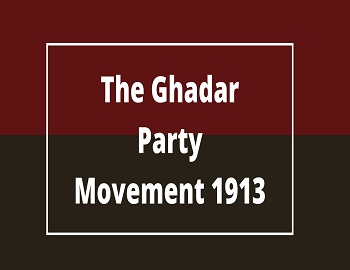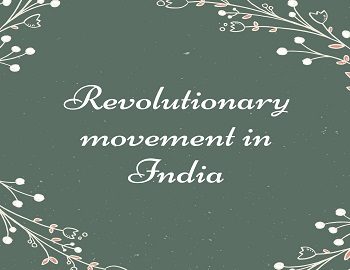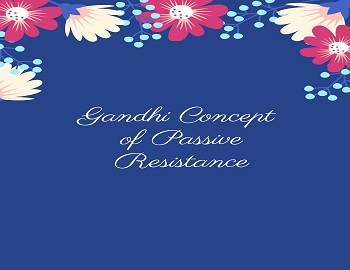![Jallianwala Bagh Massacre [April 13, 1919] 2 Jallianwala Bagh Massacre](https://gkscientist.com/wp-content/uploads/2020/09/Jallianwala-Bagh-Massacre.jpg)
Jallianwala Bagh Massacre Facts:
- Great atrocities were committed in Punjab during the regime of Sir Michael O’Dwyer or General Dyer, Lieutenant Governor of Punjab.
- General Dyer was known as the iron man of the Punjab.
- He had no faith in political reforms and consequently had no sympathy with the political agitators.
- He refused Tilak and B.C.Pal to enter Punjab.
- The anti-Rowlatt Act agitation was particularly severe in the Punjab which was suffering from the after-effects of wartime repression, forcible recruitment, and the influence of the revolutionaries.
- The movement provoked a hartal in many parts of Punjab, and violent disturbances took place.
- Within a week of the hartal of April 6, a considerable part of Punjab was aflame and the authorities put down the rebellion through such measures as “no civilized Government in modern times has ever been known to take against its own subjects.”
- General Dyer had already earned notoriety as an oppressive administrator.
- On April 9, 1919, the government of Punjab passed orders for the deportation of Dr. Saifuddin Kitchlew and Dr. Satyapal Malik and their internment at Dharmsala under the Defence of India Act.
- To protest against their arrest and the British repression, a public meeting was held at Jallianwala Bagh in Amritsar on April 13, 1919, where General Dyer arrived with armoured cars and troops and fired on an unarmed peaceful crowd without warning, killing hundreds of people, though the government claimed that only 379 were killed. The Bagh was surrounded by high walls and the only gate was manned by Dyer’s army. Many women jumped into the well.
- The contention of General Dyer was that he wanted to teach the people a lesson so that they might not laugh at him. He would have fired and fired longer, he said, if he had the required ammunition. He had only fired 1600 rounds because his ammunition had run out.
- The Jallianwala Bagh Massacre was followed by martial law and a veritable reign of terror prevailed in Punjab.
- The Jallianwala Bagh Massacre exposed the true nature of a colonial rule. It was condemned worldwide.
- Under pressure, the government appointed an enquiry commission headed by Hunter. As expected nothing serious came out from the enquiry.
- An English newspaper of England ‘The Morning Post‘ even collected funds to defend General Dyer.
- The Upper House of British Parliament- House of Lord praised General Dyer.
- To protest against the Jallianwala Bagh Massacre Rabindranath Tagore surrendered the knighthood award conferred on him by the British Government and Sir Sankaran Nair, a former president of the Indian National Congress, resigned his membership of the Viceroy’s Executive Council.
- Gandhi was shocked and decided to withdraw Rowlatt Satyagraha on April 18, 1919.
Q:- Who was appointed chairman of the Congress Commission looking into the tragic incident of Jallianwala Bagh?
Ans:- Motilal Nehru.
- A Sikh teenager who was raised at Khalsa Orphanage named Udham Singh saw the happening in his own eyes. To avenge the killings of Jallianwalla Bagh, on March 30, 1940, he assassinated Michael O’Dwyer in Caxton Hall of London. Udham Singh was hanged at Pentonville jail, London.








Comments (No)